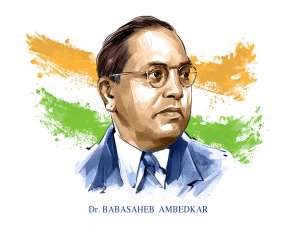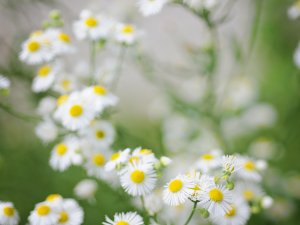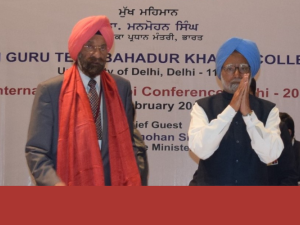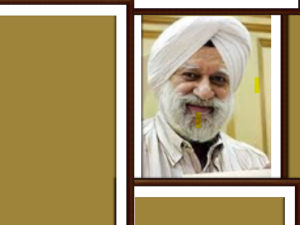Sikhs remember Guru Gobind Singh, the tenth light of Guru Nanak, as the great spiritual light for their soul. At the same time, the royal symbolism of the Guru also pervades the Sikh psyche for the last three hundred years. Dasam Guru is remembered as Kalgianwala for his wearing a Plume, keeping falcon and other royal symbolism.
The first historical account of the sacred Kalgi (Plume) of Guru Gobind Singh is found in the records of Maharaja Ranjit Singh. It was kept in his Toshakhana in Lahore Fort. The history also chronicles how Maharaja would daily pay his obeisance to Guru Sahib’s Plume kept in his palace. In March 1849, British annexed Punjab. A frantic search for all the valuable items was made by British officials when they took the keys of Lahore Fort. John Spencer Login was appointed the Governor of the Lahore Fort. He invited Misr Beli Ram, the erstwhile custodian of Toshakhana and prepared list of inventories. It contained a world of wonders Kohinoor, sacred relics of all religions and royal artifacts of major kingdoms which were carefully kept there.
Of these items the thing of utmost sanctity and historical importance was – Guru Gobind Singh’s Kalgi or Crest Plume. This plume has been recorded as “Kalgi-e-kuchh” in the museum documents. Login also recorded this as “Kalgi-e-kuchh”. All the items procured from the treasury were sent to the then British capital in Calcutta under the security of British army. Lord Dalhousie was the Viceroy of India.
As per the historical records many of the important items were kept by Lord Dalhousie for his family. The riches and gems were sent to London to Queen Victoria on a special ship. The validity of this record is proven by an eventful find that occurred in 1965 when W.C. Archer, a British art historian and curator, found various weapons belonging to Guru Gobind Singh in residency of Lord Dalhousie’s family. These weapons were purchased by Indian High Commissioner and were safely brought from London to Delhi on a special aircraft on orders of the then Prime Minister Shri Lal Bahadur Shastri. The sacred weapons are now safely kept in Gurudwara Kesgarh, Anandpur Sahib.
Amidst all the loot of Lahore Darbar’s Toshakhana, the question of Guru Gobind Singh’s Kalgi is rather intriguing, surrounded with silence. The Kalgi that was taken to Calcutta is missing ever since, the leaders and scholars of Sikhism are tongue-tied.
I went to London in 1965 and met K. Natwar Singh, the Indian Deputy High Commissioner. On my request he arranged a meeting with the Museum curator for me. I am thankful to the curator, Gladston who put his efforts and time into furnishing a list of all the Sikh historical weapons and artifacts kept in the Victoria Albert Museum. I gave this list to the then Chief Minister of Punjab, Giani Zail Singh. The fruits of this labour materialized in 1980, when selected items from this list were brought to Punjab and exhibited in Maharaja Ranjit Singh Museum, Amritsar. Darbara Singh was then serving as the Chief Minister while I was the head for Culture and Tourism Department. This Museum was built by our department in Ram Bagh, Amritsar.
Gladston could not give any details about Guru Sahib’s Crest Plume, as the lists had no record of it. On my request, he shared the records of the Mughal Plumes in the Museum. These plumes are made of jade and diamonds are set in them. There was a plume among these about which the Museum did not have any information of its original owner.
Jade is a green coloured gem which might be confused with glass from a distance. People in India specially in Punjab have not seen any item made of Jade. It is believed that Bahadur Shah, Mughal Emperor presented a Jade Plume to Guru Gobind Singh when he visited Agra. Guru Ji kept this Plume on his Turban and when he went to Nanded, from where he went to heavens in 1708. There is no further record of this Plume till this was purchased by Maharaja Ranjit Singh from a Sikh disciple and it was housed in his treasury. I may mention here that the curator not knowing jade recorded this as a Kalgi-e-kuchh. It is unlikely that Guru Gobind Singh, as a royal King would wear a plume having an ordinary glass embedded.
This Crest Plume, kept in the Victoria Albert Museum, with documented record has been researched upon by me. It was taken by a British officer of Engineering Co. from Calcutta, and it was displayed in Paris exhibition. Later it was taken to London for exhibition in Albert and Victoria Museum where it is still housed. It is highly plausible that the Plume could be stolen from Calcutta by this British officer.
I seek the researchers and scholars of history to pay attention to the Crest Plume kept in the London Museum while keeping the comparative identification of Jade and Glass in mind, as I have raised and move ahead towards a conclusion. I also appeal to the various Sikh researchers in London to do this noble sewa and possibly reach a step closer to the lost Kalgi, that once might have adorned Guru Gobind Singh. Sikh history is replete with unanswered questions, and this is one such which needs careful attention.
SikhNet is honored that Sardar Tarlochan Singh ji, EX-MP, Former Chairman National Commission Minorities, India is sharing his personal recollection of historical events with our audience.
The opinions expressed here are personal to the author and do not necessarily reflect an editorial position of the SikhNet staff or board.





